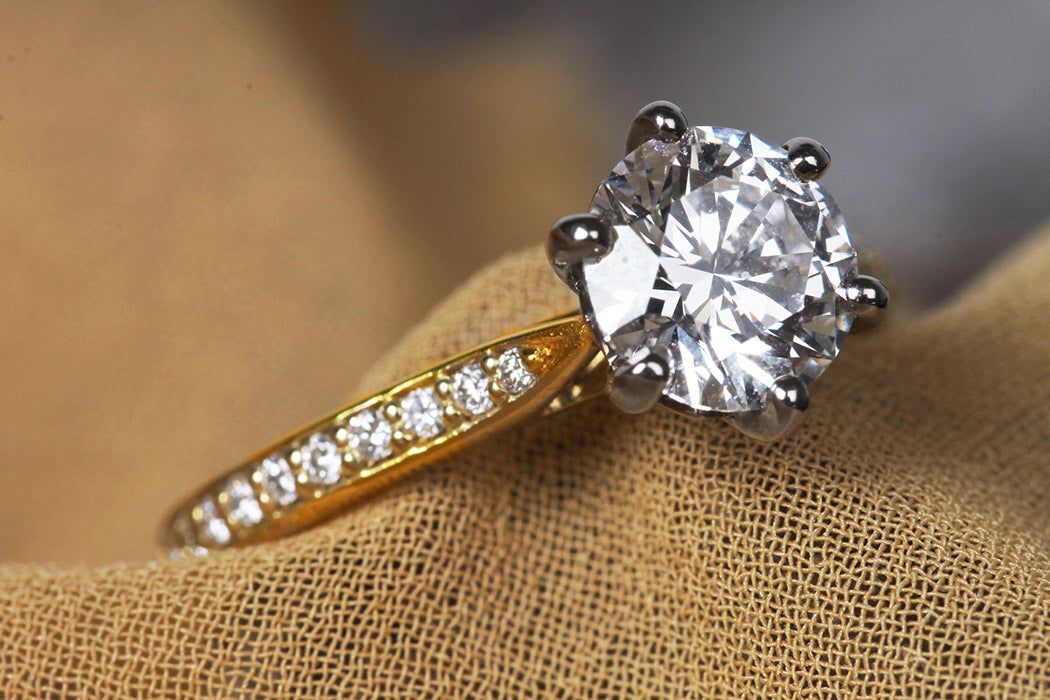
When it comes to choosing the perfect lab diamond ring, the design elements play a crucial role in both aesthetics and functionality. One of the often-overlooked features is the use of claws, or prongs, which are essential in securing the diamond in place. This article explores the importance of claws in lab diamond rings and how they contribute to both beauty and durability.
Understanding Claws in Ring Design
Claws, also known as prongs, are small metal pieces that hold the lab diamond rings claws securely in a ring setting. Typically, a lab diamond ring can feature four or six claws, depending on the design and the size of the stone. These claws are vital not only for securing the diamond but also for allowing maximum light to enter the stone, enhancing its brilliance.
The Aesthetic Appeal of Claws
One of the primary functions of claws is to enhance the overall aesthetic of the lab diamond ring. Different styles of claws can add unique character to the ring. For instance, sleek, minimalistic claws may appeal to those seeking a modern look, while more ornate, vintage-inspired claws can evoke a sense of classic elegance. The choice of claw style can significantly impact the overall design and feel of the ring.
Maximizing Diamond Brilliance
The way a diamond is set in its ring can influence how it reflects light. Claws are designed to lift the diamond above the band, allowing light to enter from all angles. This positioning is crucial for maximizing the brilliance and sparkle of the diamond. In lab diamond rings, this effect is especially important, as the goal is to showcase the stone’s beauty to its fullest potential.
Security and Durability
While aesthetics are important, the primary role of claws is to provide security for the diamond. A well-designed setting with robust claws will protect the diamond from potential damage or loss. When selecting a lab diamond ring, it’s essential to ensure that the claws are made from durable materials, such as platinum or gold, which can withstand everyday wear and tear.
Choosing the Right Number of Claws
When it comes to claws, the number can make a difference. Rings with four claws typically create a more contemporary look, while six claws provide extra security and can enhance the diamond’s visual impact. Ultimately, the choice between four or six claws will depend on personal preference and the specific design of the lab diamond ring.
Maintenance and Care for Clawed Settings
Proper maintenance is crucial to keep lab grown diamonds rings in optimal condition. Regularly checking the claws for wear and tear is essential. If claws become loose or damaged, they can compromise the security of the diamond. Many jewelers recommend having your ring inspected and cleaned every six months to ensure the claws are functioning as they should.
Customization Options
One of the exciting aspects of lab diamond rings is the ability to customize the design, including the type and style of claws. Many jewelers offer options for customizing claws to match your personal style or the overall theme of the ring. Whether you prefer classic, delicate claws or bold, modern prongs, customization allows you to create a piece that truly reflects your individuality.
Conclusion: The Role of Claws in Lab Diamond Rings
In conclusion, claws are a crucial element in the design of lab diamond rings, impacting both aesthetics and functionality. They not only secure the diamond but also enhance its brilliance and overall appearance. When selecting a lab diamond ring, consider the style and number of claws that will best suit your preferences and lifestyle. By understanding the importance of claws, you can make an informed choice that highlights the beauty of your lab diamond.
